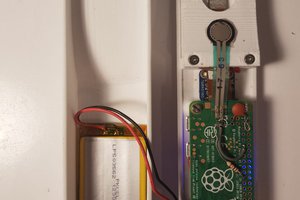Verti-Fix is a wearable device that houses accelerometers to quantify the angle of the head as it is tilted for the Epley Maneuver to treat Benign Paroxysmal Positional Vertigo (BPPV). The device is also equipped with LEDs to warn the user as they get close to exceeding the recommended angles and contains an interactive screen to allow the appropriate sub-type of the Epley maneuver to be chosen.
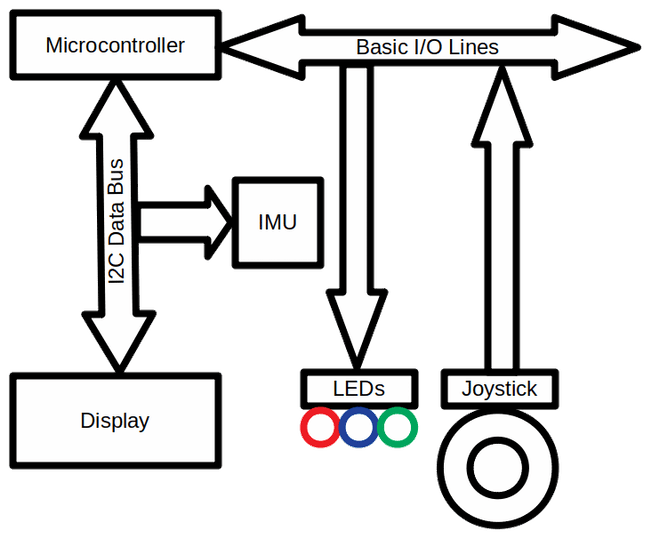
Simplified Block Diagram
This movement tracking was centered around an Arduino microcontroller for rapid development and prototyping. The microcontroller carries out three main tasks: perform position calculations based on data from the inertial measurement unit (IMU), instruct the user how to move their body, and ensure movements are carried out properly. All three of these tasks are carried out by a programmed state machine. After the user selects the ear that the problem is located in, the program quite literally steps through the movements with the user. During each step, the program checks the following criteria mainly concerned with the chin tilt, neck rotation, and side to side tilt of a user’s head. In addition, it also checks rotational speeds to ensure movements are not carried out too slowly or quickly. Each step has a unique set of criteria that must be checked in order to be sure the proper movement was carried out, hence the state machine based program design. After all the criteria are met, the program moves to the next step. If the criteria is not met, or the device picks up measurements that should not be detected with the current movement, the program returns to the first instruction, while alerting the user that they will have to restart.
The way the user is actually instructed is through a display. On this display, the step number is displayed to give the user an indication of how many more steps they are required to complete. In addition, there are two lines actually describing the movement. The movement instructions are simple enough to always fit on these two display lines. The final line is used to display a criteria that needs to be met for the step to be considered complete. This can come in the form of a live update of how far a patient has turned their head or a countdown of how long they have to remain still in a position.
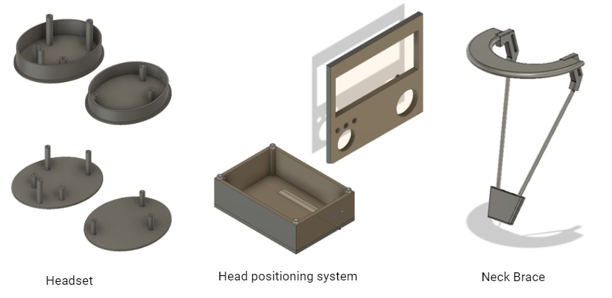
CAD Model of Device Modules
Innovation and Creativity
To address the problem, Purdue MIND developed the Verti-Fix. A device capable of assisting general physicians through the Epley maneuver and will help relieve the symptoms that arise due to BPPV. Until now, the Epley maneuver could only be attempted by vestibular specialists due to the complexity of the maneuver and the possibility of exacerbating the negative symptoms if done incorrectly. The head needs to be moved in certain angles to move the calcium carbonate crystals in the inner ear back to its correct location. However, if the maneuver is done incorrectly, the crystals may be moved down the wrong inner ear canal and cause the symptoms to continue. This means that general physicians generally pass on these cases to vestibular specialists, who are not as common and require patients to travel long distances to treat their symptoms. We worked with a vestibular specialist to ensure that Verti-fix would address this problem and provide general physicians, who have little experience with the Epley maneuver, the guidelines to treat the condition. Verti-fix contains accelerometers that can track...
Read more »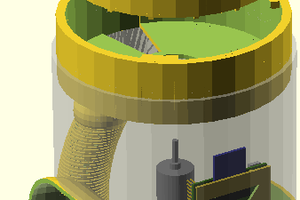
 bsutton
bsutton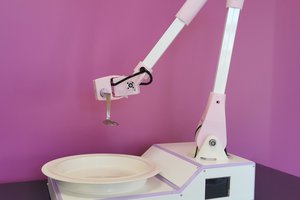
 Julien OUDIN
Julien OUDIN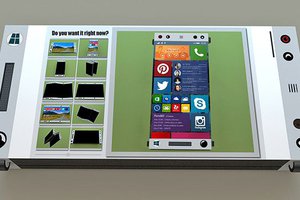
 Miroslav Todorov
Miroslav Todorov